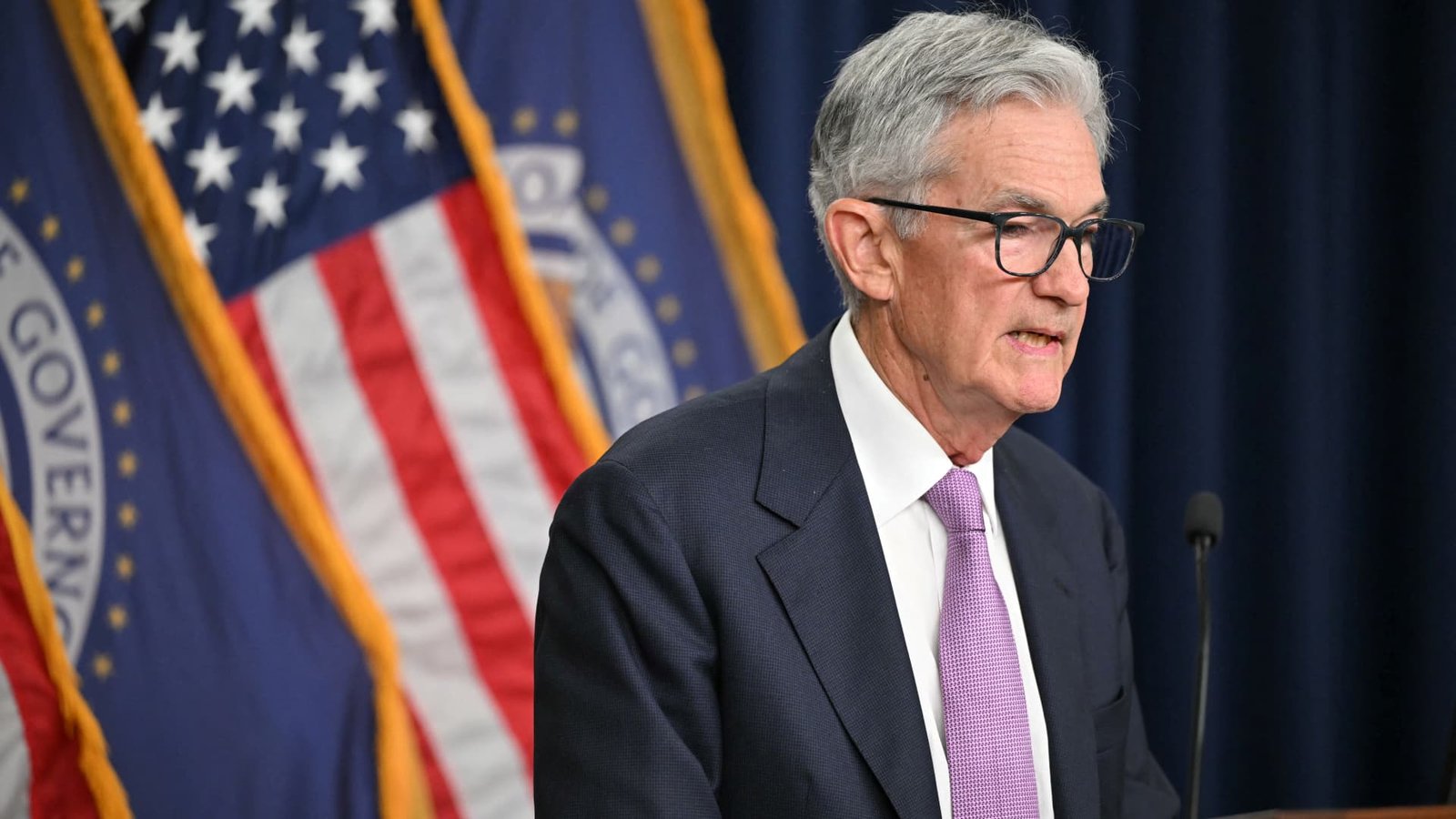Federal Reserve Chair Jerome Powell stated on Monday that the recent half percentage point interest rate cut should not be seen as an indication that future moves will be equally aggressive. He suggested that upcoming adjustments will be smaller in scale. Powell emphasized the importance of balancing inflation reduction with labor market support and emphasized that future decisions will be data-driven.
During a speech in Nashville, Tennessee, Powell mentioned that if the economy progresses as anticipated, policy will gradually shift towards a more neutral position. He stressed that decisions will be made on a meeting-by-meeting basis, considering the risks from both sides. Powell hinted at the possibility of two more rate cuts this year, each in quarter percentage point increments, if economic data remains consistent.
Powell’s remarks contrasted with market expectations for more aggressive easing. He mentioned that the Federal Reserve is not rushing to cut rates quickly and that if the economy performs as projected, two more rate cuts totaling 50 basis points could be expected this year. Following his speech, stock prices dropped, and Treasury yields rose.
The recent rate cut was approved less than two weeks ago by the Federal Open Market Committee. Powell explained that the decision reflected a need to adjust policy to current conditions, shifting focus from fighting inflation to maintaining a solid labor market amidst moderate economic growth. He expressed confidence in the economy’s strength and anticipated a continued cooling of inflation.
Looking ahead, futures market pricing suggests a quarter-point reduction at the Nov. 6-7 meeting, with a more aggressive half-point cut expected in December. Powell highlighted that inflation, particularly core inflation excluding gas and groceries, remains a concern. Housing-related costs have been a persistent area of inflation, but Powell believes that data will eventually reflect easing prices for rent renewals.
In conclusion, Powell remains optimistic about economic strength and expects inflation to continue cooling. He emphasized the importance of data-driven decisions and the need to balance inflation reduction with labor market support.




